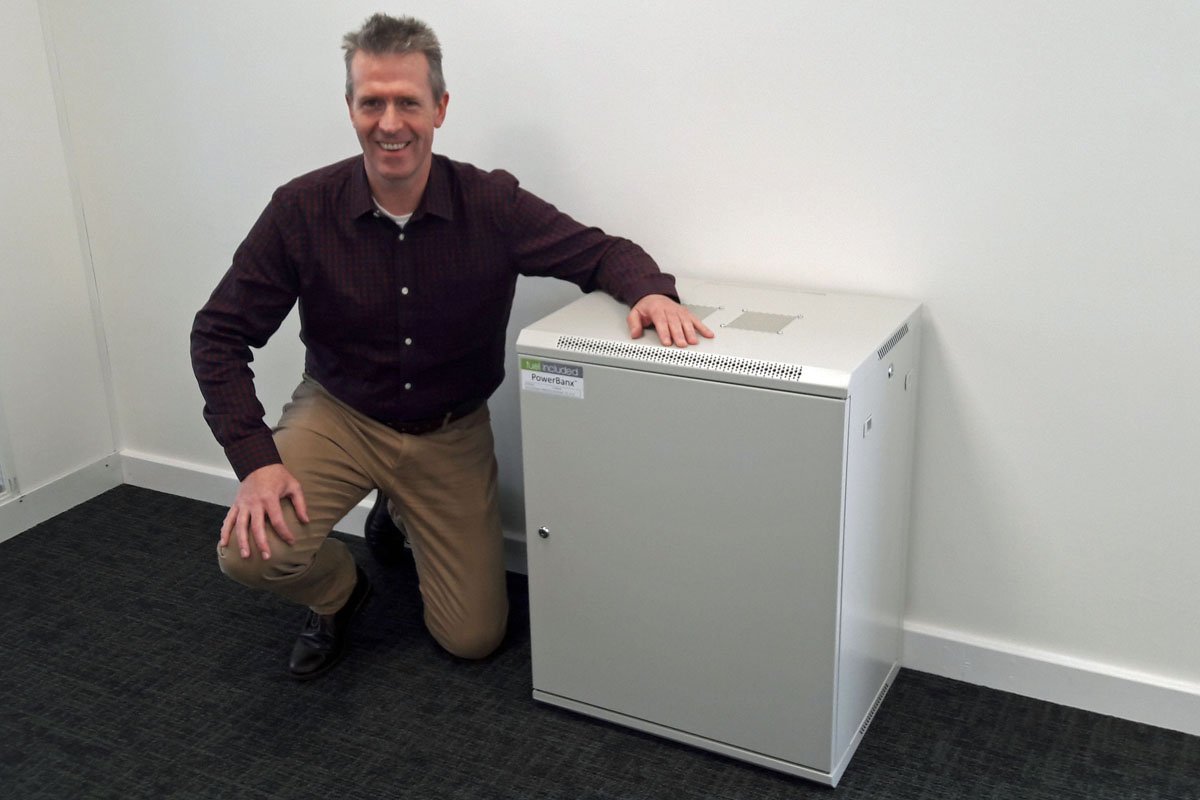We are in the midst of a massive shift in how energy is both produced and consumed.
Power generation today is becoming more decentralized and distributed, produced at the edges of the grid, behind-the-meter (BTM) of commercial and industrial businesses, and on the rooftops of Prosumers’ homes. These Distributed Energy Resources (DERs) have the ability to contribute greatly to a decarbonized energy landscape, but it is energy storage, specifically affordable battery storage, that will fully unlock this potential.

The battery’s time has come
There are several different types of energy storage, but battery energy storage (BESS) is quickly becoming the solution of choice for several reasons. Battery energy storage solutions are flexible – they can be deployed by electric utilities, a private microgrid, or in residential solar installations. Lithium ion (Li-ion) batteries are scalable and can be located anywhere they are needed to create a storage bank to support nearly any type of energy generation or distribution scenario.
The biggest catalyst for the uptick in BESS adoption is the extreme drop in price that batteries have achieved in the past 10 years. Driven by the increase in electric vehicles, manufacturers are investing heavily in battery technology and production, creating more affordable batteries to meet demand. Bloomberg New Energy Finance expects the cost of Li-ion batteries to decline to as little as $73/kWh by 2030.
Coincidently, rechargeable zinc-hybrid batteries are gaining traction in the market due to the lower material cost and wider availability of zinc versus the scarcer minerals needed for Li-ion batteries. Recent advancements put zinc battery costs at around $100/kWh – a potential game changer for the renewable energy market.
BESS is becoming a critical asset for firming and smoothing of intermittent renewable generation, so much so, that BNEF expects wind and solar will generate 50 percent of the world’s power generation by 2050 thanks in large part to decreasing battery costs.
Money saving use cases for BESS
Affordable battery storage makes possible a range of use cases that enable new and expanded energy production and consumption models for end users. The BESS enables DERs to meet demand even when the sun isn’t shining and the wind isn’t blowing while helping end users save money, provide resilience and even generate revenue. Among – many potential use cases for BESS, the most common are peak shaving and renewable self-consumption.
Read More: Microgrid Knowledge